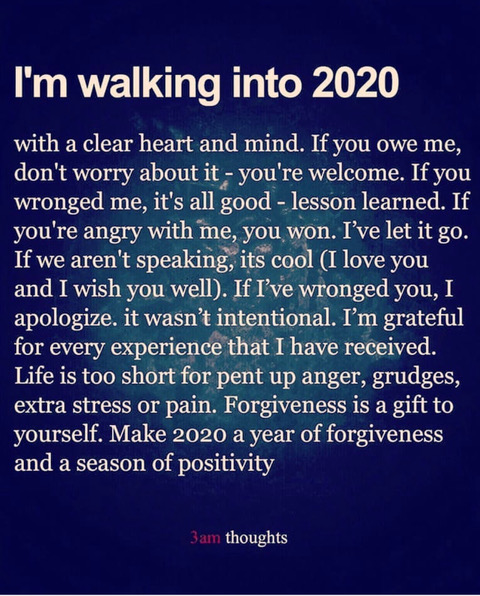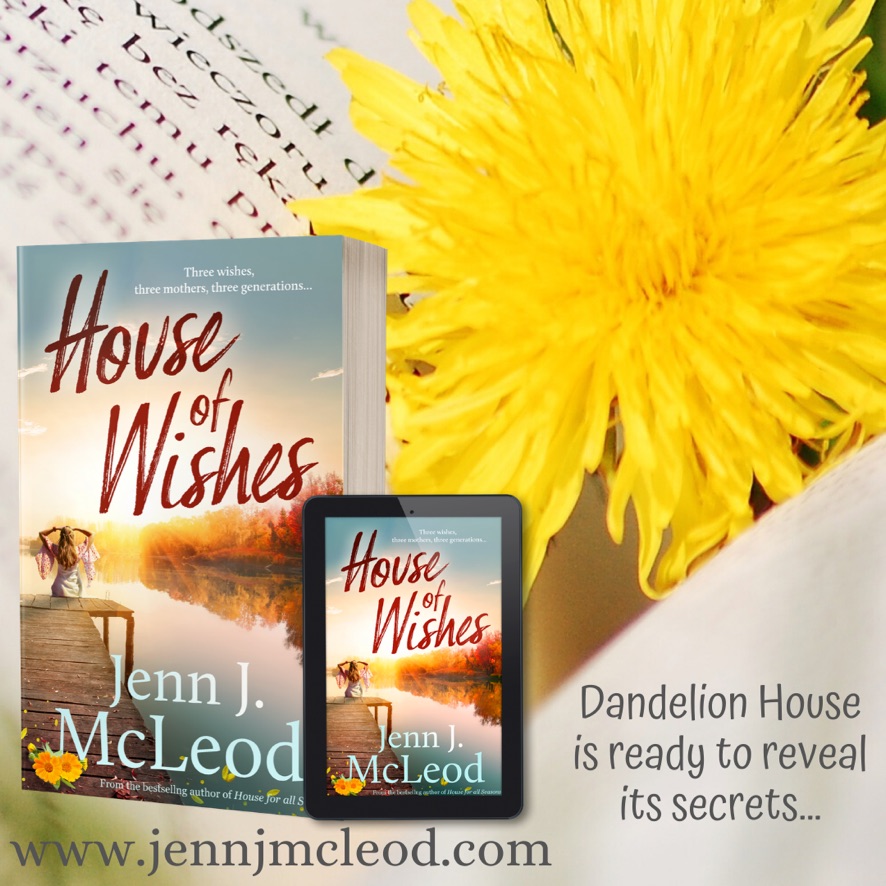How does a writer know if they need an assessment of their novel?
Every published author will agree; reading an assessment report can be a bit like paying someone to throw darts at you. If you don’t take critiques well, perhaps reconsider paying for one. But taking criticism, listening to advice and opinions is part of a successful writer’s life.
My assessment style works best for writers who:
- Feel too close to the work to differentiate between good and bad.
- Have clear goals for the manuscript.
- Want detailed, genre-specific feedback in a professional and timely manner (6 – 8 weeks).
- Don’t want it sugar-coated, are open-minded and prepared for criticism.
Is an assessment an edit?
No. An assessment is one part of the editing process that examines the story’s structure. Assessments (also referred to as structural reports or appraisals) should be seperate to the line/copy editing stages.
- The structural edit: looks at the ‘big picture’ elements of the narrative and characters, examining the elements that are working, and those which could be improved, cut or changed.
- Line edit: examines every sentence in your book and determines if it belongs, reads well, and is correct. Does it make sense, need clarification, enhance the scene?
- Copy edit: focuses on technical aspects, like dotting your i’s and crossing your t’s. Is the sentence grammatically correct? Is there a comma missing? Should this compound word be hyphenated? Are John’s eyes blue or green? How many states in Australia? Professional copyeditors have years of experience, are trained in various style manuals, such as The Chicago Manual of Style, and are as close to a literary God as I know.
- Proofread: the final all-important read through stage is only done once the book is formatted, and just prior to being printed/uploaded. Other than the proofreader’s corrections, you should make no other changes.
Does a manuscript need an assessment?
Every literary work intended for publication benefits from an objective reader critique. Some of the best novelists in the biz admit to getting help from their publisher or agent to ‘rethink’ plots and structure. Writer’s block happens to us all, no matter how many books we’ve written. Of course, your needs will depend on your goals and on where you are in your writing career.
You might be:
- Self-publishing – keen to share with friends and family only.
If so, you can be certain family and friends will love every word you write. For that reason, rather than investing in expensive editing, you might want to write what’s in your heart and spend your money on an outfit (complete with resplendent scarf) to wear to your pretend launch party. I’m serious; every finished literary work should be celebrated because many people never see their story through to those two magic words… The End. Buy Champagne instead.
- Indie-publishing for the first time – selling your work.
Asking people to pay money for your story is serious business. Ask yourself if you’d be happy to spend money on a book when it’s clear the author hasn’t bothered to make the end product the best it can be. Some authors are content spitting out book after book, grammatical gaffs and all, and some readers happily overlook errors because the story is so damn good. Some are not so forgiving.
- Heading for hybrid author status – daunted that the buck not only stops with you, but you’ve discovered you’ve relied too much on others in the past and you are, in fact, a crap decision-maker when it comes to what stays and what should go. (Okay, that might be me!!!) Are you feeling a little unsure or insecure, missing your publisher’s feedback on that early draft, and overwhelmed by the self-publishing choices? Maybe you’re unsure if your critique partner is being tough/honest enough because, maybe, you’re already feeling a little bruised? Let’s talk. Check out my assessment offer.
- Aiming for traditional publishing for the first time – hoping a professional assessment and/or edit will help you secure an agent or publisher.
An assessment prior to submission is not an industry standard. A literary agent who is genuinely interested in building your career, sees your potential and is excited about your book may recommend one, but it is by no means a prerequisite.
Should you choose to pay for a full edit of your manuscript, keep this in mind.
The best edit can’t make a bad story good, and while publishers will respect your passion and pursuit of perfection, what they want is a writer who tells a good story. A good literary agent or experienced publisher will overlook bad grammar and typos. They’ll overlook genuine mistakes, but reject sloppy submissions. (There is a difference.) Like a real estate agent appraises a house’s value, seeing through the dust and disarray, a publisher is looking for potential–for solid foundations that a lick of literary paint (a.k.a. a good edit) will fix.
If your manuscript is contracted: it will undergo a rigorous editing process, with the publisher controlling each phase to ensure the end product meets the exacting standards and in-house style guide.
Hiring a freelance editor: will mean forking out about $3,000 for a full professional edit (line+copy edit + structural notes). Unlike the phased approach taken by the publishing house, the freelance editor service may be provided in one go: structural notes+line+copy edits. If, like me, you end up doing substantial structural changes, you may need to pay for further line or copy editing.
This is why, in my experience, it’s best to address the major structural issues BEFORE the line/copy edits.
Less expensive than a professional edit, a manuscript assessment will help you shore up the story’s foundations. For details, see my Assessments Page. Go there now.
What you won’t get with Jenn’s manuscript assessment:
- A full edit, a proofread, or your work rewritten. (Assessing does not involve re-writing or altering an author’s style/voice. I will, however, question/highlight punctuation, grammar and formatting issues that may impact reader enjoyment. If you have bad habits and repeat mistakes, I will let you know.)
- My personal opinion on the ‘publishability’ (or if a publisher will like your story).
After all these years watching what does and doesn’t get picked up, there is no way to predict the bestseller. While publishing goal posts are fluid nowadays, the original gatekeepers–the publishers and agents–are more accessible. All hoping the next big thing lands on their desk, regular pitch opportunities (via their websites) invite submissions. While fewer submissions sit idle on slush piles these days (in case they are the next big thing) agents/publishers still want to see an author who:
- Knows their craft and their genre,
- Has a likeable/suitable voice and fresh plot ideas,
- Respects the written word and the craft of writing.
- Has a solid storyline.
So, slow down and smell the structural report!
Twice in my career (two different scenarios) I’ve faced a combined edit. That’s a structural report + line + copy edit all at once. For first time was with a publishing house and what I faced was terrifying, daunting, messy and stressful. My recent foray into author-publishing was another occasion. And entirely my fault.
My manuscript wasn’t ready. I was so excited about the story, so desperate for the validation I was used to getting from a publisher, that I rushed into the editing stage, booking a line/copy edit with one of the best in the biz. After what seemed like forever (it was only a matter of weeks) the manuscript arrived in my inbox. As expected, the comments were insightful, with some structural suggestions so obvious I wondered why I hadn’t seen the need myself.
But that’s the problem. No matter how experienced an author, we are usually too close to our work to see those slips in the foundations. We can be so desperate to get the damn thing done, we rush the second that finish line comes into focus.
Even after five books, I let this happen. I’d had a few lovely friends read the earlier draft and provide feedback, but it took the eagle eye of a professional editor to point out the plot’s plentiful problems–like my avalanche of alliteration! For a while, my story (and I) teetered on uncertain foundations. If not for my experience over five previous books I would have struggled with the task. Obviously my editor figured I was capable. So, I sat back, took a fresh look, and wrote like a crazy person for two weeks. The result, was more grey hairs and a much-improved story, but I’d made so many changes I needed another round of edits, which I hadn’t budgeted for. (Enter my good mate–and awesome author–Kathryn Ledson.
There you have it. My very stressful lesson is yours – FREE!
- Line/copy edits should be done separate to, and well after, structural edits have been actioned.
- Don’t launch into the expensive line/copy edits stage before you’ve identified and fixed the big structural issues.
- If you want a phased edit–structural, line and copy edits addressed individually–all three can be done by the same editor, but make sure you request a quote on that basis. (Proofreads are always best done by a fresh pair of trained eyes.)
- As an alternative to expensive professional line/copy editing and proofreading, you can look to programs/robots* to identify mistakes in your manuscript. Be careful they don’t end up crossing your i’s and dotting your t’s!!
- Only a human can provide a structural assessment.
- Don’t assume your family and friends know a good (or bad) structure when they see one and, as tempting as it is to rush to the finishing line, sometimes the turtle’s approach is better than the hare’s. I’d been in such a rush to know my page count so I could do all those other exciting things—like know my spine width and get my book cover design sorted. Good grief!
The biggest rookie mistake I made when author-publishing was not getting an expert opinion to assess the manuscript first.
My mistake does not have to be yours if you follow these steps:
Step 1: Assess
Have your completed manuscript assessed first. A fresh pair of eyes and industry knowledge can take your story to a new and exciting level. Avoid doing structure and line edits at the same time.
Step 2: Line/copy edit
Once you’ve implemented structural changes and reread your ms again and again–confident it’s the best you can make it—consider your options: 1) engage an editor to do line/copy edits, 2) trust a friend/author mate, 3) use a grammar program*.
Step 3: Proofread
Proofreading is the final editing stage, but keep in mind it is rare for the same editor to proofread, as they are too familiar with the work. If you intend using a professional proofreader, you’ll need to book them in advance.
If you still have questions about assessments, send me an email. Or check out my Assessment page on my website.
(I referenced this site for parts of this blog, which has more on manuscript appraisals and a writer’s readiness. https://writersedit.com/fiction-writing/7-must-know-facts-manuscript-appraisals/)
*www.Grammarly.com and www.ProWritingAid.com are the two I use. They are integrated in PC versions of Microsoft Word, but Apple users (like me) have to use Apps which are a bit cumbersome, but workable.
Cheers for now…













